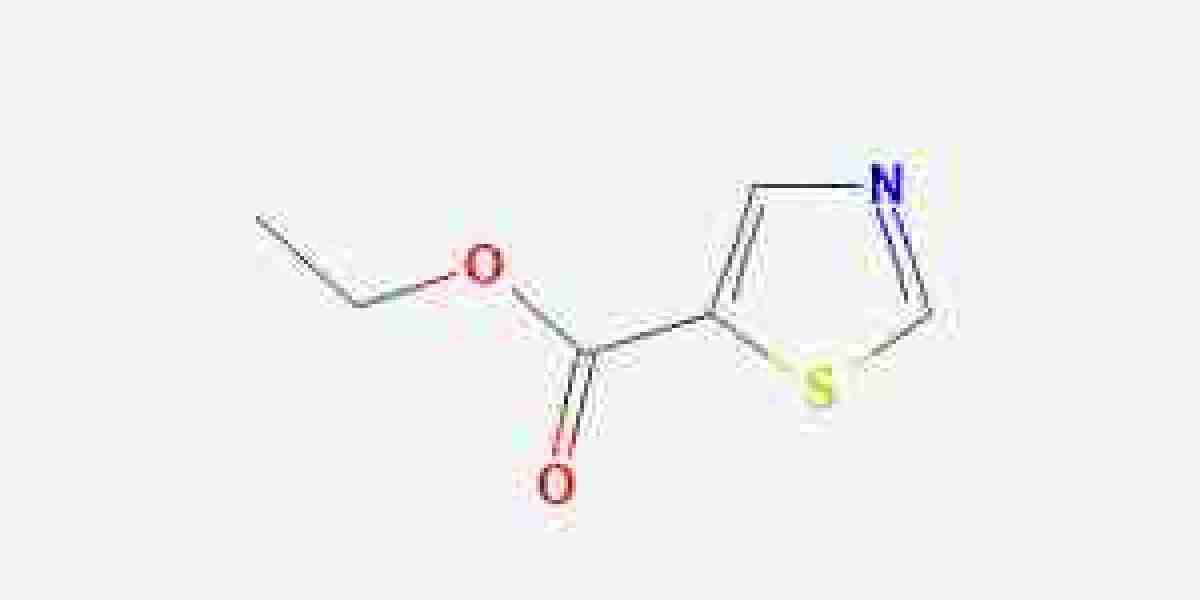Adjustment faced by biochemicals suppliers for export
The main adjustments faced by biochemicals suppliers in the export process include changes in tariff policies, logistics challenges, regulatory complexity, and market competition.
Changes in tariff policies
The adjustment of tariff policies has a significant impact on the export of biochemical products. For example, the adjustment of trade tariffs between China and the United States has provided new market opportunities for Chinese pharmaceutical companies, but at the same time, it has also brought challenges. On May 12, 2025, both China and the United States significantly reduced bilateral tariffs, resulting in a significant decrease in the cost of exporting Chinese pharmaceutical products to the United States, especially in categories such as GLP-1, biosimilars, and active pharmaceutical ingredients, which are expected to rapidly increase in volume. However, changes in tariff policies may also lead to increased export costs, especially for low value-added products such as active pharmaceutical ingredients and generic drugs, forcing some companies to seek alternative markets or adjust their product structure.
Logistics Challenge
The logistics transportation of biochemical products faces strict temperature control requirements and complex regulatory restrictions. Biological agents are highly sensitive to temperature changes and require transportation within a specific temperature range, typically 2-8 ° C or below -20 ° C. This requires the use of refrigeration equipment such as refrigerated trucks, refrigerated containers, dry ice or liquid nitrogen, etc., and requires regular calibration and maintenance. In addition, different countries have their own regulations and standards for the import of biologics, and exports require a large number of documents such as quality certificates, inspection reports, etc., and must comply with the requirements of the importing country.
market competition
In the context of globalization, suppliers of biochemical products are facing fierce market competition. As the world's largest pharmaceutical market, the United States is an important target market for Chinese innovative pharmaceutical companies. However, the tightening of tariff policies and intellectual property reviews may hinder the entry and commercialization of Chinese innovative pharmaceutical companies in the US market. In addition, competitors in the international market such as India are actively seizing the market. Although India relies on China to supply key raw materials, its own production capacity is also increasing.
Response strategy
To address the above challenges, biochemicals suppliers can adopt the following strategies:
Optimize supply chain management: By reducing the impact of tariffs, adjusting production and export strategies, seeking alternative markets, or adjusting product structures.
Strengthen logistics management: Ensure temperature control of products throughout the entire transportation process, use advanced refrigeration technology and equipment, and ensure that products comply with the regulatory requirements of the importing country.
Improving product quality and compliance: meeting international market quality standards and regulatory requirements, enhancing the international competitiveness of products.
Diversified market layout: not only relying on a single market, but also diversifying the layout to reduce the risk of dependence on specific markets.








